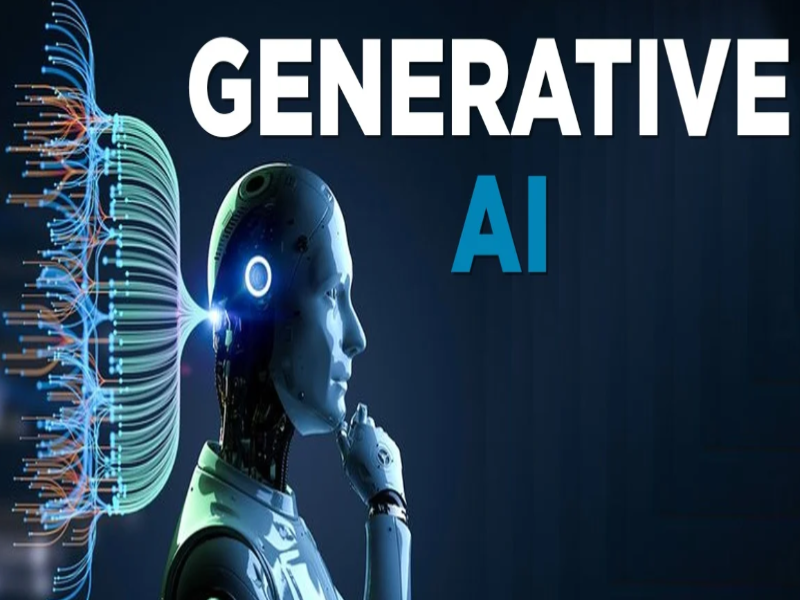- Generative AI can mimic human writing style and language logic to generate high-quality text content, responding to a variety of different creative needs.
- Generative AI can be used for virtual reality teaching, field trips, and hands-on training, providing students with a more intuitive and vivid learning experience.
- Generative AI can simulate the diagnostic process and decision-making thinking of doctors, and provide automatically generated diagnostic imaging reports and auxiliary diagnostic opinions.
Generative AI (artificial intelligence) is a technology capable of generating content similar to that created by humans, including text, images, audio, and video.
Creative industry
Text generation models can be used to automatically generate articles, news reports and advertising copy, helping content creators improve efficiency and creativity.
Image generation models can be used in art creation, image editing and design, such as generating artwork, landscaping photos and producing designs.
Audio and video generation models can also be used in applications such as music creation, film production, and virtual reality to help creators quickly generate a variety of audio and video content.
Also read: Oracle adds generative AI features to finance, supply chain software
Entertainment industry
Text generation models can be used to automatically generate scripts, novels, and game storylines, helping game developers and filmmakers quickly create a variety of entertainment content.
Image generation models can be used to generate virtual characters, special effects scenes and game scenes to enhance the visual effects and realism of games and films.
Audio generation models can be used for speech synthesis, music creation, and sound effects design to provide rich and diverse sound effects for games, movies, and broadcast programmes.
Education and training
Text generation models can be used to automatically generate teaching materials, courseware and syllabi, helping educational institutions and teachers to quickly prepare teaching resources.
Image generation models can be used to generate teaching diagrams, schematics and teaching videos to provide intuitive and vivid teaching content.
Audio generation models can be used for speech recognition, pronunciation correction and listening training to help students improve their language and communication skills.
Video generation model can also be used to produce teaching videos, virtual experiments and distance education courses, providing students with high-quality online education services.
Also read: What is the difference between generative AI and LLM?
Marketing
Text generation models can be used to automatically generate advertisement copy, marketing emails and social media content to help enterprises improve marketing efficiency and promotion.
Image generation model can be used to generate product display diagrams, advertising posters and marketing videos to enhance product display and promotional effects.
Audio generation model can be used to create voiceovers, branded sound effects and radio commercials, creating a unique brand image and sound identity for the enterprise.
Video generation models can also be used to create branding videos, product demonstration videos and virtual reality advertisements to attract more users’ attention and purchase.
Healthcare
Text generation models can be used to automatically generate medical reports, diagnostic results and medical literature, helping doctors to diagnose and treat quickly and accurately.
Image generation models can be used for medical image analysis, lesion detection and surgical simulation to improve medical diagnosis and treatment results.
Audio generation models can be used for medical speech recognition, voice assistants and telemedicine services, providing patients with more convenient and personalised medical services.
Video generation models can also be used for medical education, surgical demonstration and patient education to improve the training quality of medical professionals and the medical experience of patients.

